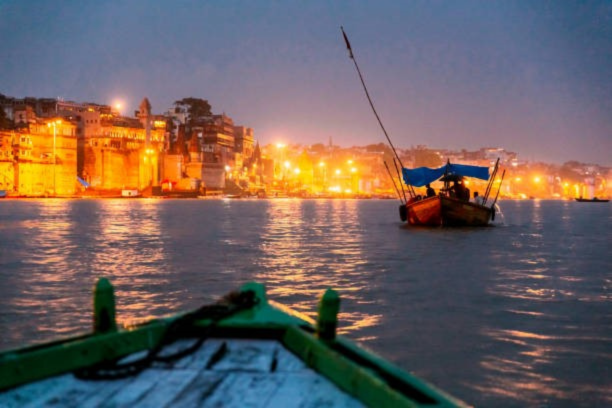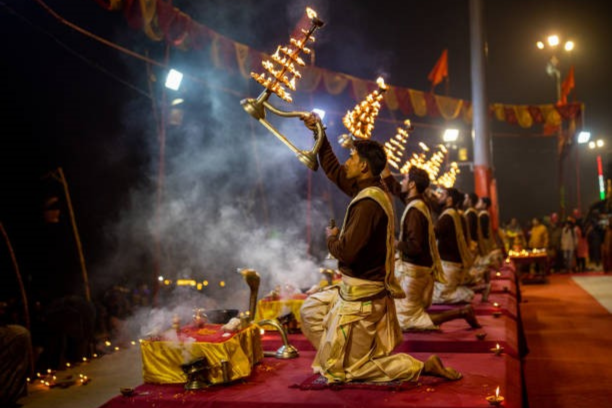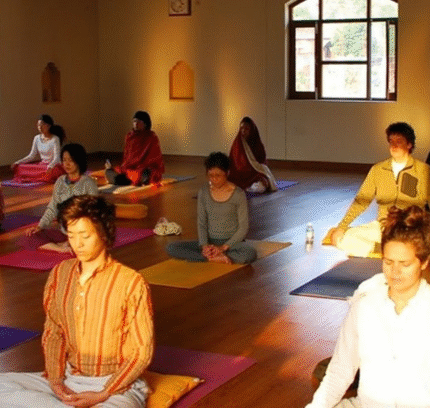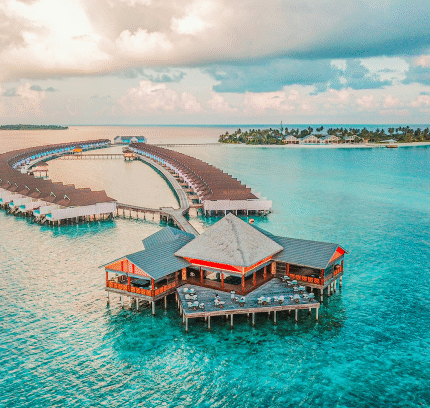GOLDEN TRINGLE WITH VARANASI
(8 Nights / 9 Days)
Private Service – Regal Heritage & Sacred Rivers
From royal courts to riverside rituals, explore India’s timeless soul in this immersive 9-day journey through majestic palaces, spiritual cities, and sacred ghats.
Begin your travels in Delhi—where ancient mosques, Mughal forts, and colonial relics weave the story of empires. Fly east to Varanasi, India’s spiritual heart, where life and death meet along the sacred Ganges in dawn-lit prayers and flaming lamps.
-
Continue to Agra, where the white marble of the Taj Mahal captures eternal love.
-
Visit the abandoned ghost city of Fatehpur Sikri, frozen in time.
-
Then lose yourself in the vibrant chaos of Jaipur, where palaces blush pink and markets shimmer in color.
This journey is not just sightseeing—it’s soul-touching. A blend of imperial history and ancient faith, where every temple bell and marble dome echoes centuries of devotion and grandeur.
Highlights include:
✦ Sunrise boat ride on the Ganges River in Varanasi
✦ Evening Aarti Ceremony at the ghats
✦ Heritage walk in Sarnath (Buddha’s first sermon site)
✦ Guided exploration of Old Delhi & spice markets
✦ Visit to Amber Fort in Jaipur by jeep
✦ Sunrise visit to the Taj Mahal
✦ Flights between Delhi and Varanasi
Package Includes:
-
8 nights accommodation in carefully selected hotels
-
Daily breakfast
-
One-way domestic flight: Delhi → Varanasi
-
All airport transfers and private ground transportation
-
Licensed English-speaking guides
-
Entry fees to monuments as per the itinerary
-
Cultural activities and heritage walks
Travel Style: Private, Cultural, Spiritual
Destinations Covered: Delhi – Varanasi – Agra – Jaipur
Best Time to Visit: October to March (ideal for festivals and cool weather)











Reviews
There are no reviews yet.